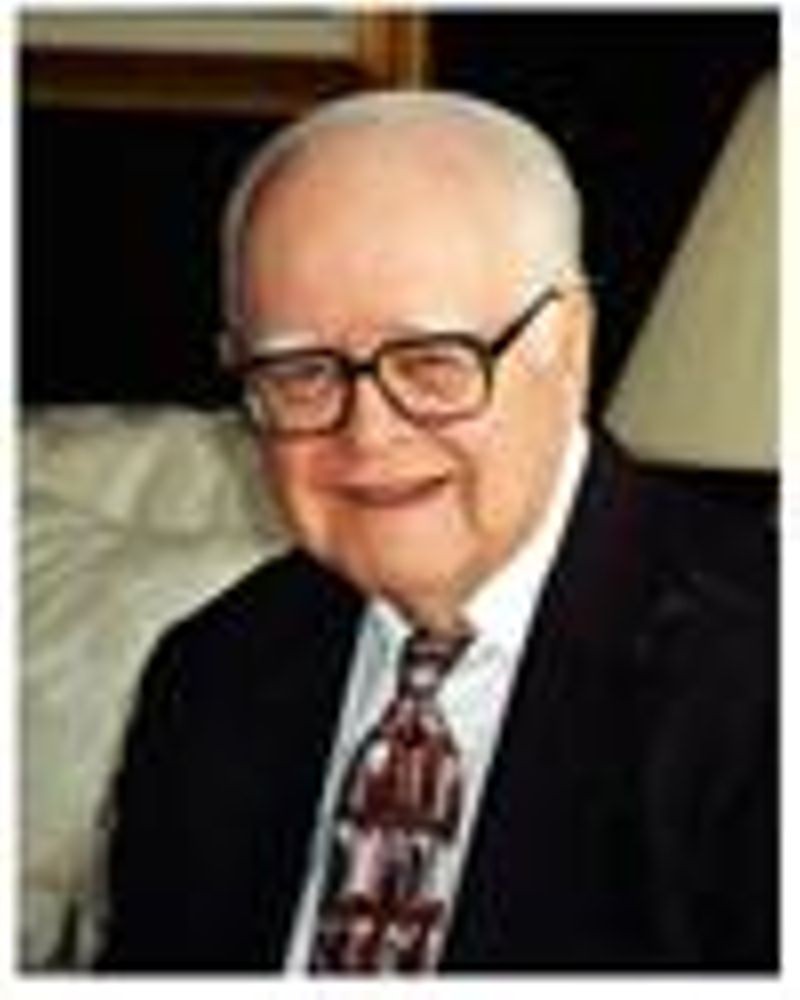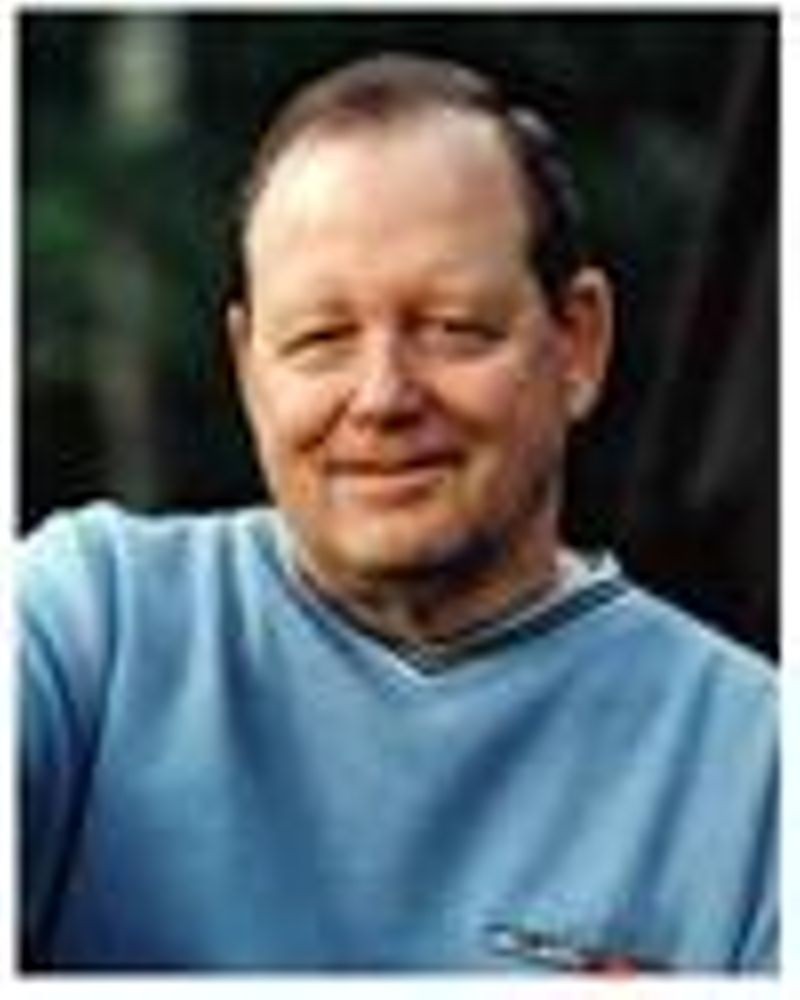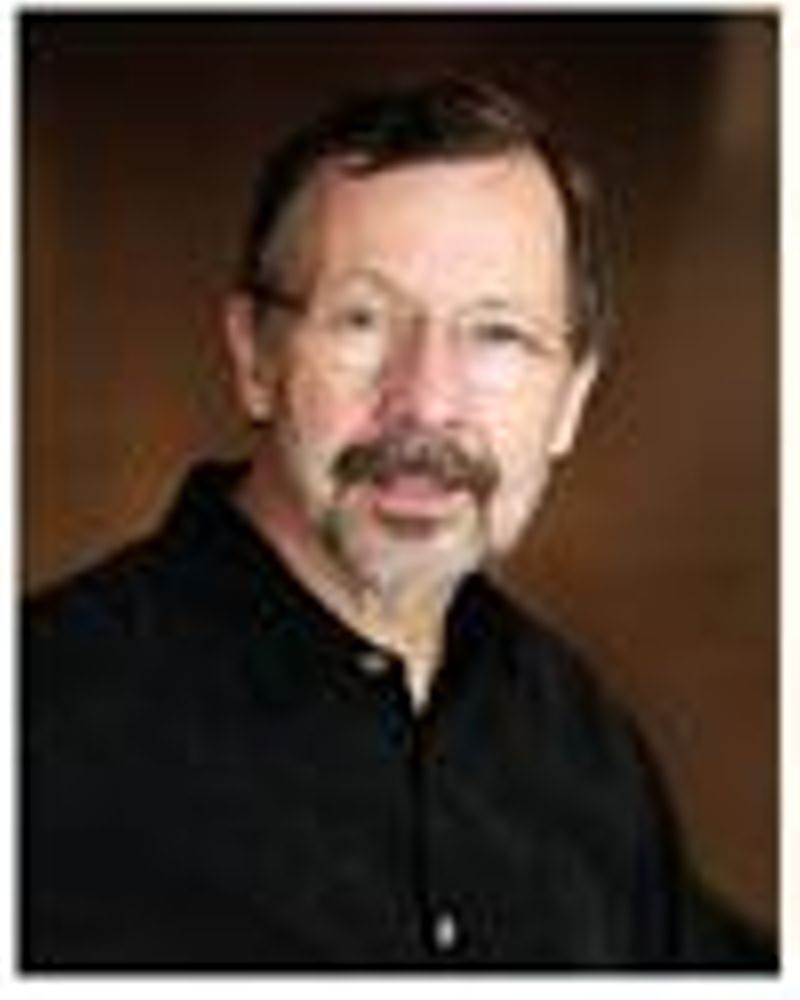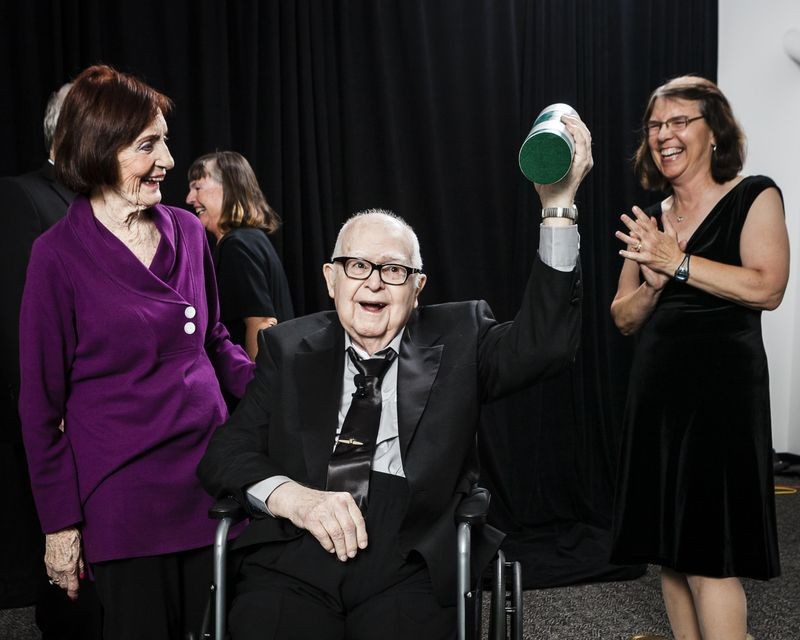
On April 27, CHM hosted its annual Fellow Awards, its public celebration of the remarkable men and women who have changed the world through computing technology. When you look back at some of the past CHM Fellows, you can see reflected in these Award winners the grand outlines of computing itself: the first practical electronic random-access computer memory, the creation of Unix, FORTRAN, Linux, Moore’s Law, artificial intelligence, desktop publishing, the World Wide Web, packet switching, the mouse, Ethernet, the microprocessor… and much more.

This year, we were honored to name three outstanding innovators as Fellows: Harry D. Huskey, Robert W. Taylor and Ed Catmull. All three were driven by a similar vision: to bring the awesome potential of the digital computer to bear on problems that often defied human solution. For this special post-event blog, I thought I’d let this year’s winners speak for themselves. Below are their acceptance speeches from that memorable evening.

Harry D. Huskey, 2013 CHM Fellow
Harry Huskey was honored “For his seminal work on early and important computing systems and a lifetime of service to computer education.”
At 97 years of age, Huskey is one of the last remaining computer pioneers from the earliest days of electronic computing. Starting in the 1940s, Huskey worked on many of the most important and influential computer systems of the day—the Pilot ACE, the ENIAC, the SWAC, and the G-15. While these machines easily blur together—this is the age of the “AC” – the NELLIAC, the ORDVAC, the MANIAC, and a dozen others–they each contributed one or more critical pieces to the ultimate design of computers as we know them today.
The Pilot ACE, for example, was meant to prove Alan Turing’s basic premise that software could define what a computer could do better than could a special-purpose device. Or consider the ENIAC, the first large-scale American electronic computer, which proved that a reliable system could be built from unreliable parts, a key insight that encouraged computer designers to push the boundaries of their work into new areas.
Through a remarkable career that spanned 60 years, he appeared, Zelig-like, at many of computer history’s most important moments. He worked with Alan Turing, designed two successful computer systems, was one of the earliest Westerners to help in the development of an Indian computer science capability and has inspired generations of students with his teaching. Here are Harry’s thoughts on receiving the 2013 Fellow Award.

Robert W. Taylor, 2013 CHM Fellow
Taylor was honored “For his leadership in the development of computer networking, online information and communication systems, and modern personal computing.”
Over his career, Taylor has consistently explored how to make computing and computers more interactive and human-centered. Dismayed by the batch processing methods of the 1960s, Taylor sought to re-orient the computer into something that served people rather than as something that optimized computer time at the expense of interactivity and the user.
One of the most remarkable and influential projects he initiated, in 1966, was the ARPANET project, an interconnected series of computers linking researchers across the United States and which would later evolve into the Internet, the largest and most transformative use of computing power in history.
Taylor then founded the Computer Science Laboratory at Xerox Palo Alto Research Center (PARC), a remarkable hothouse of invention. Under Taylor, PARC was home to paradigm-shifting inventions: Ethernet, laser printing, email, the graphical user interface, object-oriented programming, and the legendary Xerox Alto personal workstation.
One of Taylor’s main points in his acceptance speech was his observation that whereas awards are often conferred on individuals, most research occurs in teams. Accepting the award for Robert W. Taylor was his son, Kurt. Here are his thoughts.

Ed Catmull, 2013 CHM Fellow
Catmull was honored “For his pioneering work in computer graphics, animation and filmmaking.”
Ed Catmull, whose formal academic training is in computer science and physics, has led several computer graphics research laboratories where groundbreaking developments in computer graphics flourished under his direction. At the New York Institute of Technology, for example, he led a team of budding computer graphics pioneers in developing useful tools for simple 2D and 3D computer animation.
In 1979, he became vice-president of the computer division of Lucasfilm where, as well as fulfilling his management duties, he made major contributions to the RenderMan graphics rendering system, the world standard for professional computer graphics work in filmmaking.
Catmull is currently president of Walt Disney Animation Studios and Pixar.
Echoing Robert Taylor’s remarks, Catmull agreed in his acceptance speech that it is often the work of teams, rather than individuals, that contribute to progress.

Harry D. Huskey, 2013 CHM Fellow, proudly displays his award while wife Nancy and daughter Linda look on.
I hope you enjoyed listening and watching these computer pioneers reflect on their lives and contributions.
One of the great joys of working at CHM is being able to honor the people who have brought us world- and life-changing inventions, people who are otherwise rarely acknowledged publicly. We all benefit from their work today yet the roots of this work lie deep in the past, when their ideas were viewed as heretical or, worse, were ignored. What carried them through was persistence and a sense of wonder at the limitless potential of perhaps humankind’s greatest invention, the computer, and what it might do to improve the world around us.
Congratulations, Class of 2013!